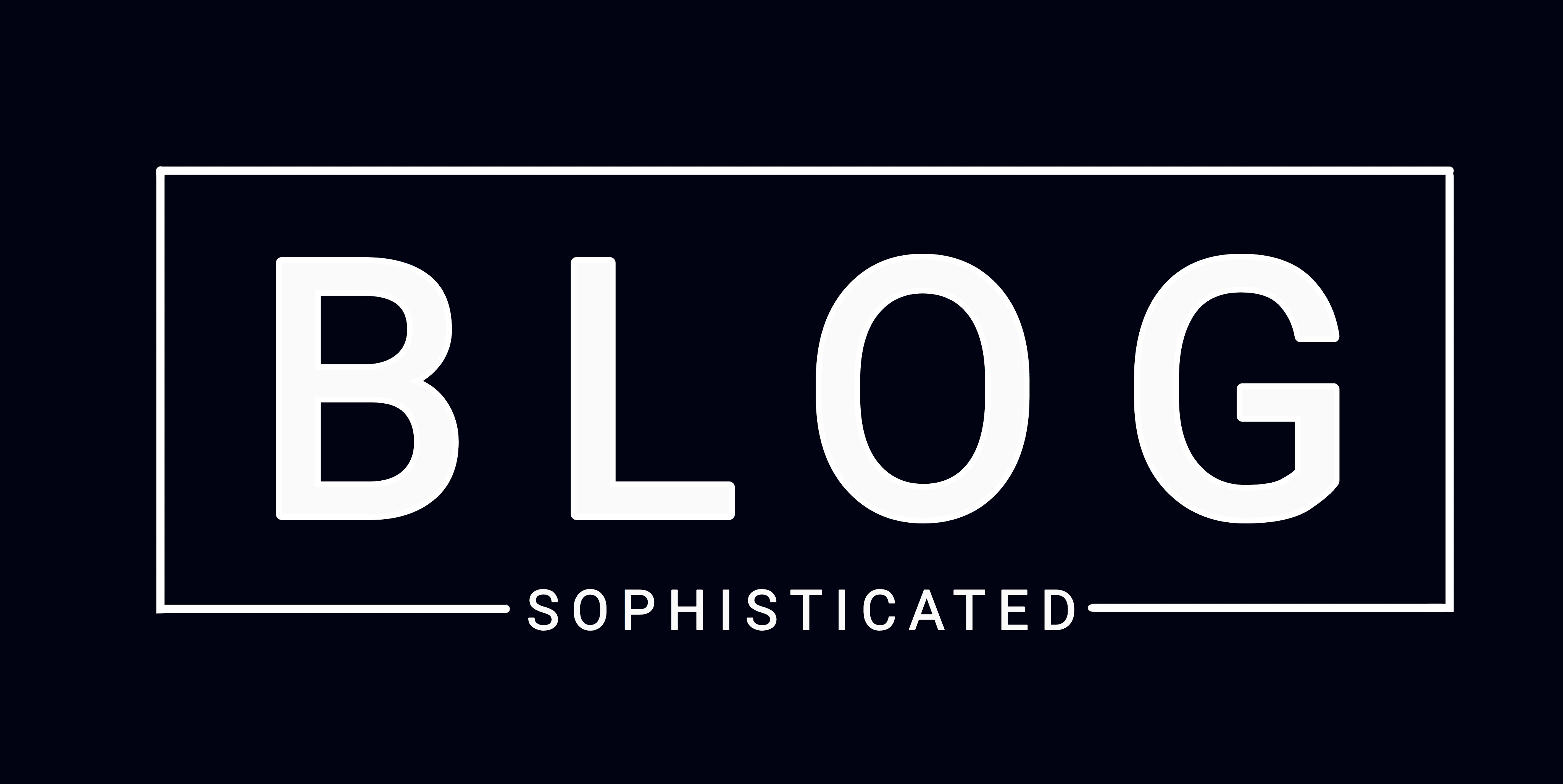Setting the Content-Security-Policy (CSP) header correctly is an essential step in enhancing the security of your web application. The CSP header allows you to define a policy that restricts the types of content that can be loaded by a web page, thereby mitigating risks such as cross-site scripting (XSS) and data injection attacks. Here's a general guide on how to correctly set CSP headers:
- Understand your application's requirements: Before setting the CSP header, it's important to understand how your application functions and the resources it needs to load. This will help you create an effective policy without breaking the functionality of your web pages. If you need to allow a script from abh.ai, make sure that domain is one you trust, then add it into one of the directives mentioned below. An example of your default-src header value would look like this when using seckit module.
default-src: '''self'' ''unsafe-inline'' ''unsafe-eval'' *.sharethis.com:* *.cloudflare.com:* *.google-analytics.com:* *.googletagmanager.com:* *.gstatic.com:* *.googleapis.com:* *.fontawesome.com:* *.addtoany.com:* *.disqus.com:* *.facebook.com:* *.facebook.net:* *.google.com:* *.linkedin.com:* *.twitter.com:* *.abh.ai:* *.youtube.com:* *.vimeo.com:* *.instagram.com *.newrelic.com:* *.nr-data.net:* *.jquery.js:* *.chosen.css:* unpkg.com:* *.openstreetmap.org:* cdn.jsdelivr.net:* data:' - Define a policy: Start by deciding what types of content are allowed to be loaded on your web pages. The CSP header consists of various directives that you can use to define your policy. Some commonly used directives include:
- `default-src`: Specifies the default sources for content such as scripts, stylesheets, images, fonts, etc.
- `script-src`: Determines the sources from which JavaScript can be executed.
- `style-src`: Specifies the sources from which stylesheets can be loaded.
- `img-src`: Determines the sources from which images can be loaded.
- `font-src`: Specifies the sources from which fonts can be loaded.
- `connect-src`: Determines the sources to which the web page can make network requests (AJAX, WebSocket, etc.).
- `frame-src`: Specifies the sources from which frames or iframes can be loaded.
- `media-src`: Determines the sources from which audio or video content can be loaded.
These directives can be further modified with additional options, such as `'self'` (the same origin), `'unsafe-inline'` (allowing inline scripts/styles), `'unsafe-eval'` (allowing eval), or specific domains or sources. - Testing and refining: Once you have defined your initial policy, test your web application thoroughly to ensure all required resources are allowed and no unintended content is being loaded. Modern browsers provide console warnings or errors that can help identify any violations.
- Implementing the CSP header: There are multiple ways to implement the CSP header, depending on your server environment. Here are a few common approaches:
- Server-side configuration: If you have control over your server configuration, you can set the CSP header directly. The method may vary depending on your web server (e.g., Apache, Nginx, IIS). Consult the documentation for your specific server software to learn how to configure headers.
- Middleware or framework: Many web frameworks and middleware provide functionality to set HTTP headers, including the CSP header. Consult the documentation for your framework to learn how to set headers programmatically.
- Content Security Policy HTTP header: You can set the CSP header directly in your web application's code. For example, in PHP, you can use the `header()` function to set the header.
-
Monitor and update: Regularly monitor your web application's functionality and logs to ensure the CSP policy is not causing any issues. As your application evolves, you may need to update the policy to accommodate new features or content sources. You can also checkout browser console for any CSP related errors. Usually the browser like Firefox or Chrome will give recommendations on how to fix it as well.
Remember that CSP is a powerful security feature, but it should not be the sole defense mechanism. It is crucial to implement other security practices, such as input validation and output encoding, to provide comprehensive protection against web vulnerabilities.
It's worth noting that the CSP specification has evolved over time, so it's essential to refer to the latest documentation and browser support information when implementing CSP headers.

